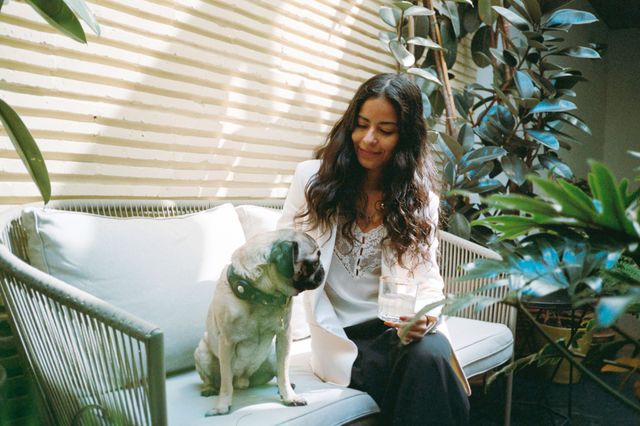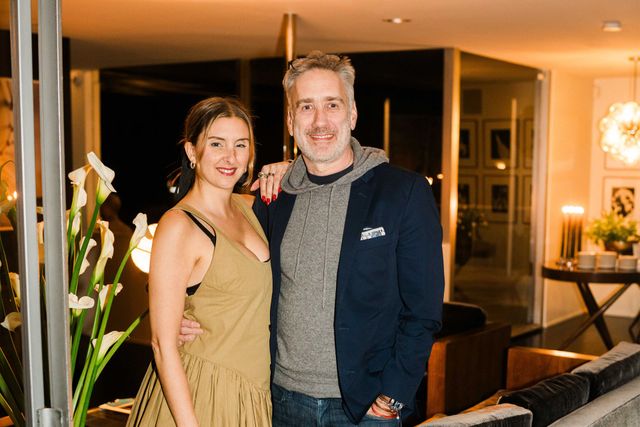Barbara Biggs on Villa Ponti Bellavista
- Category
- Q&A
- Written by
- Stacy Suaya
- Published
- July 21, 2020
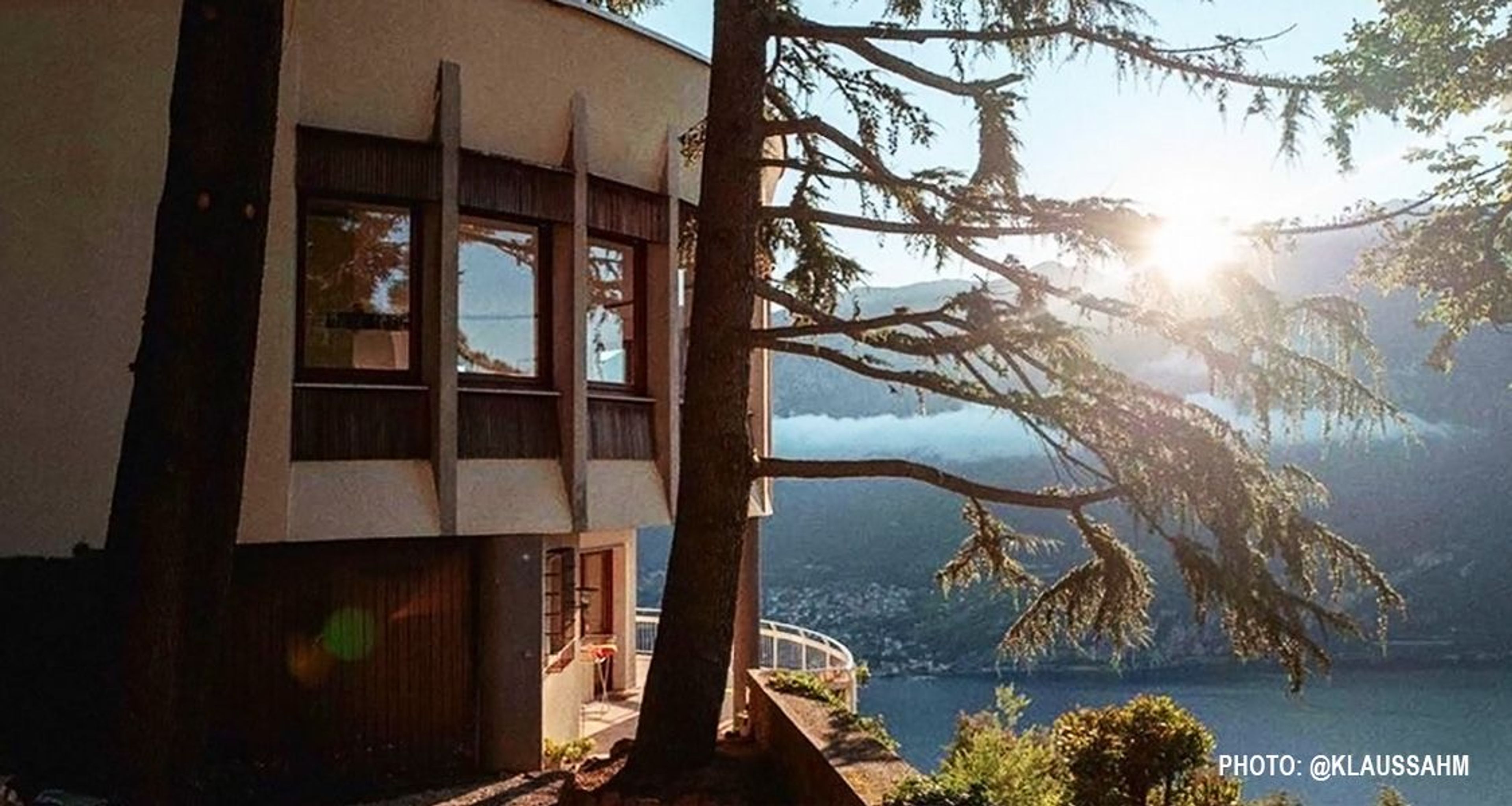
In 2001, Italy captured the heart of Barbara Biggs. That is when the Australian author, journalist and social change advocate wrote her first two books – in Rome, while living there for a year. She also met her Italian friends that she still keeps close. “I really loved the Italian people – they’re just so friendly, very delightful,” she says. “And so, later, when I wanted to buy a country place, my partner at the time and I spent four years looking around Italy.”
Biggs never imagined that she would end up with Villa Ponti Bellavista, a 1960s, nautical-inspired villa perched above Lake Como, inspired by the famous Italian architect, Gio Ponti. Ponti was a polymath, but is perhaps most widely known for designing Milan’s Pirelli Tower and the Superleggera chair. He also founded the revered Italian design magazine, Domus, in 1928. One of its editors and a protégé of Ponti, Cesere Cassati, worked on the design of Villa Ponti (Biggs found both of their names on an original architectural drawing). Today it is clear that the blueprint took influences from Ponti’s years designing mid-century Italian naval interiors – another of his manifold activities that was chronicled in a design book.
When the listing popped up and she jumped in her car and drove up from Rome, the home was nowhere near what it would become. It also wasn’t the style she had in mind: she had been hoping for a Liberty Villa, one of thousands of villas that were built in Lake Como from the late 18th century through the first world war, in step with the Art Nouveau period in Italy. With their ornate details and frescoes, the Liberty Villas were beautiful, but unfortunately, as Biggs later realized, “a dime a dozen.”
The day Biggs found it, Villa Ponti Bellavista had been abandoned for about 15 years. Some of the shutters wouldn’t even open, so she couldn’t see the rooms without the flashlight of her phone. While she found the villa “a bit depressing”, her partner showed her the breathtaking panoramic of Lake Como, and its unique vantage point on a cliff. “That view will always be there,” he said. Biggs, and Villa Ponti Bellavista, were sold – and thus began the journey of restoring it to its original glory. We spoke to Barbara Biggs about her memories of the restoration.
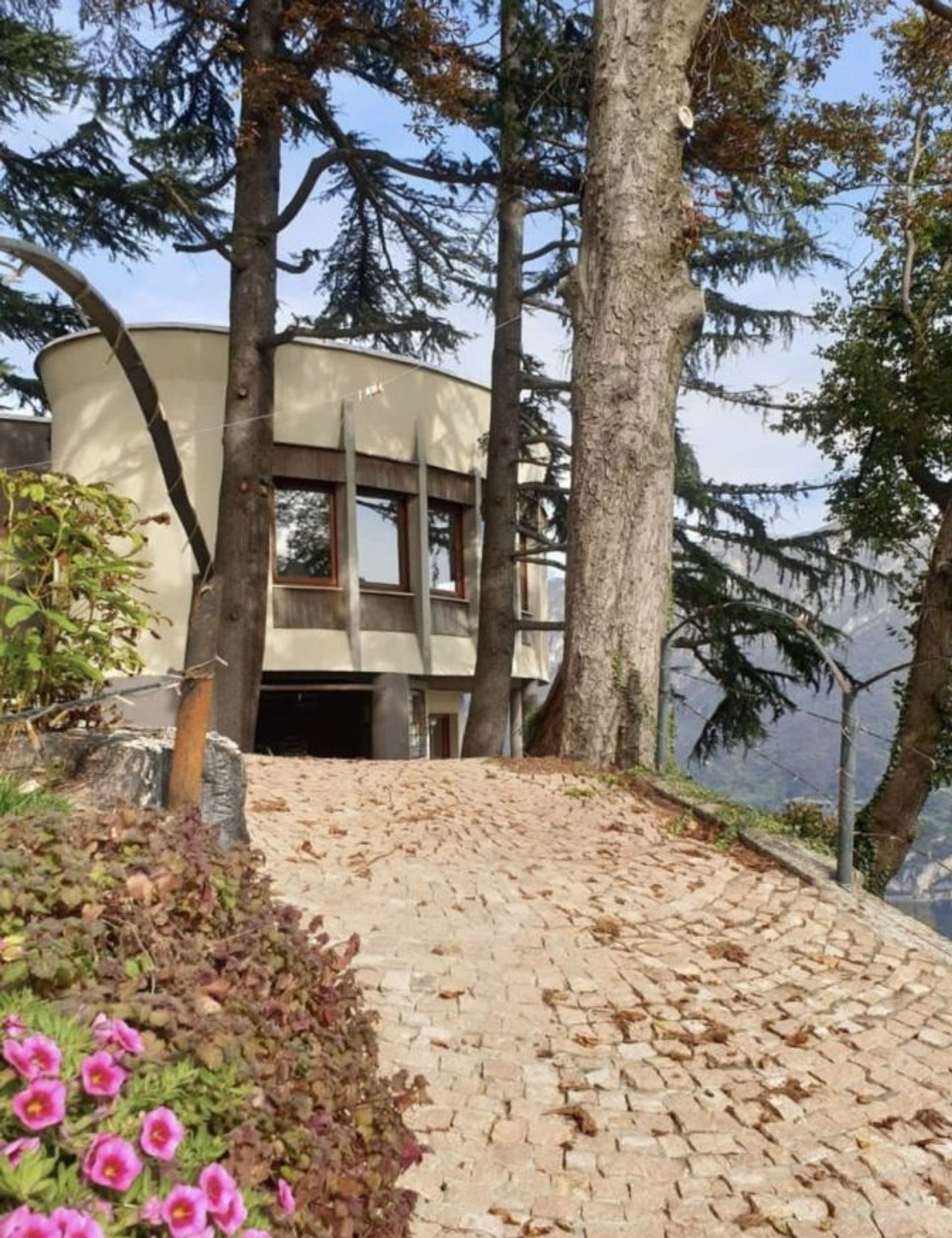
What do you know about the history of the home?
The home was built as a holiday home – nobody ever lived here full time. My partner and I and another Australian couple bought it from the original owner’s daughter, Renata, who remembers going there every weekend when she was young, during the summer and holidays.
Gio Ponti designed ship interiors and you can see that influence everywhere in the home – from the 40 windows and doors, the chimneys that look like ship funnels to the ship light at the front door. Also, the entrance has wood paneling from ships of the 1950s, and the banister on the spiral staircase resembles that of ships. From far away, the villa literally looks like a ship that’s about to launch into the lake.
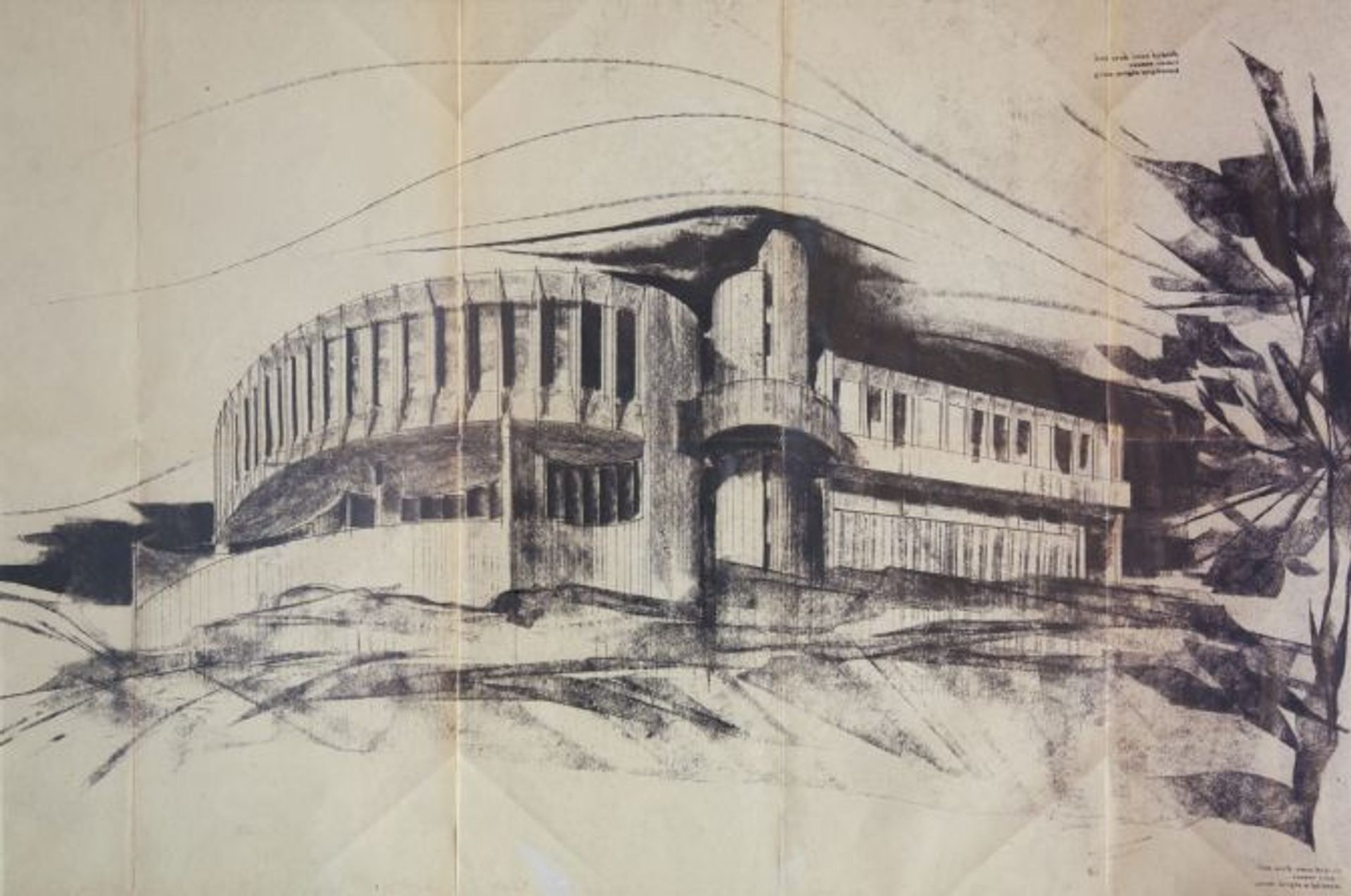
What was your original vision for the villa?
We wanted to restore or its former mid-century glory. The owner had obviously spent a lot of money just on the foundations and retaining garden alone – it’s sitting on a cliff, like an eagle’s nest. Early on, some people said we should make new bathrooms. But there wasn’t a single broken tile in any of them. So, I spoke to one of my friends who’s got very beautiful taste. And she said, “If you touch those bathrooms, you will be murdering in the house.” So we didn’t. But we did put a glass box around the shower.
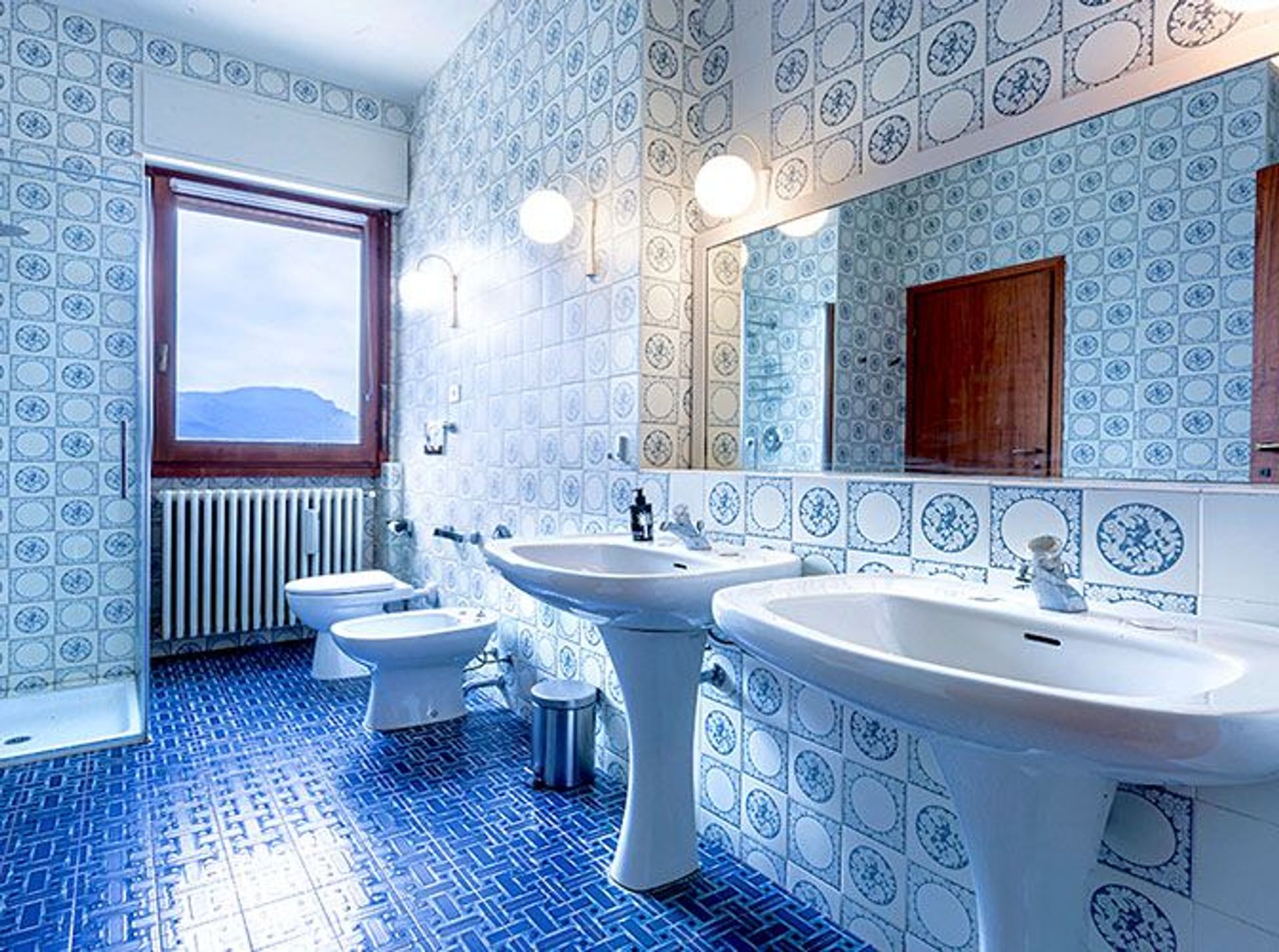
Where did you begin?
In 2001, I met an architect in Rome, Claudio Torchia. He became our architect and did the plans and followed the project. We knocked down a few walls, but we didn’t change the basic layout. And then brought in about one hundred workers – all ages from 20 to 65, some with skills, like electricians, and some just willing workers – from a website called Workaway. They lived with us and worked five hours a day, five days a week, and we gave them food and a bed and many of them became our friends. Some would come one stay for nine months, some would come for two weeks or a month and go away and travel around Europe and come back and go away again. It the most pleasurable part of the whole renovation, which was extraordinarily stressful. The restoration was completed exactly one year to the day we started. We had our first guests on the 20th of July, 2018. Wow.
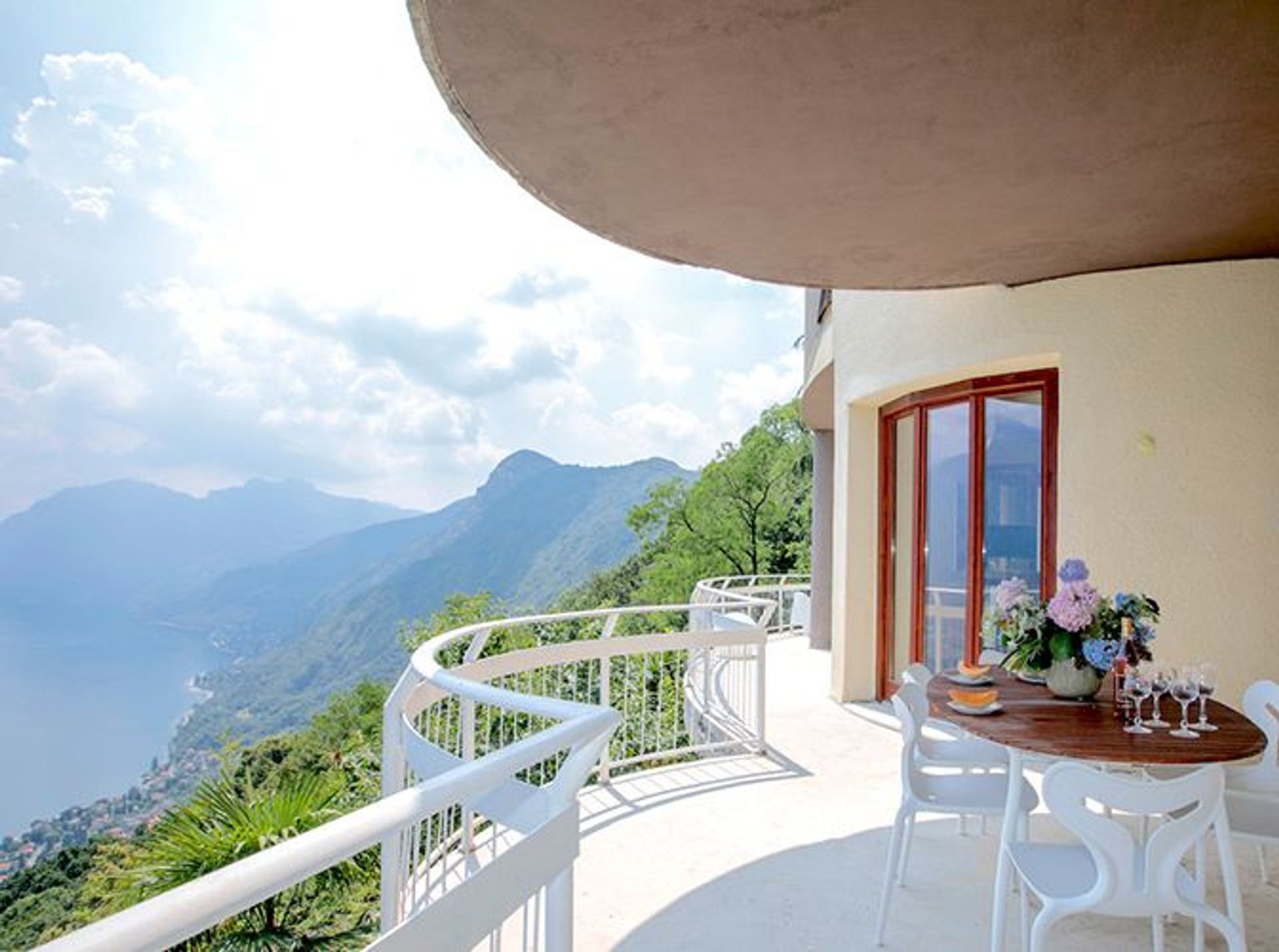
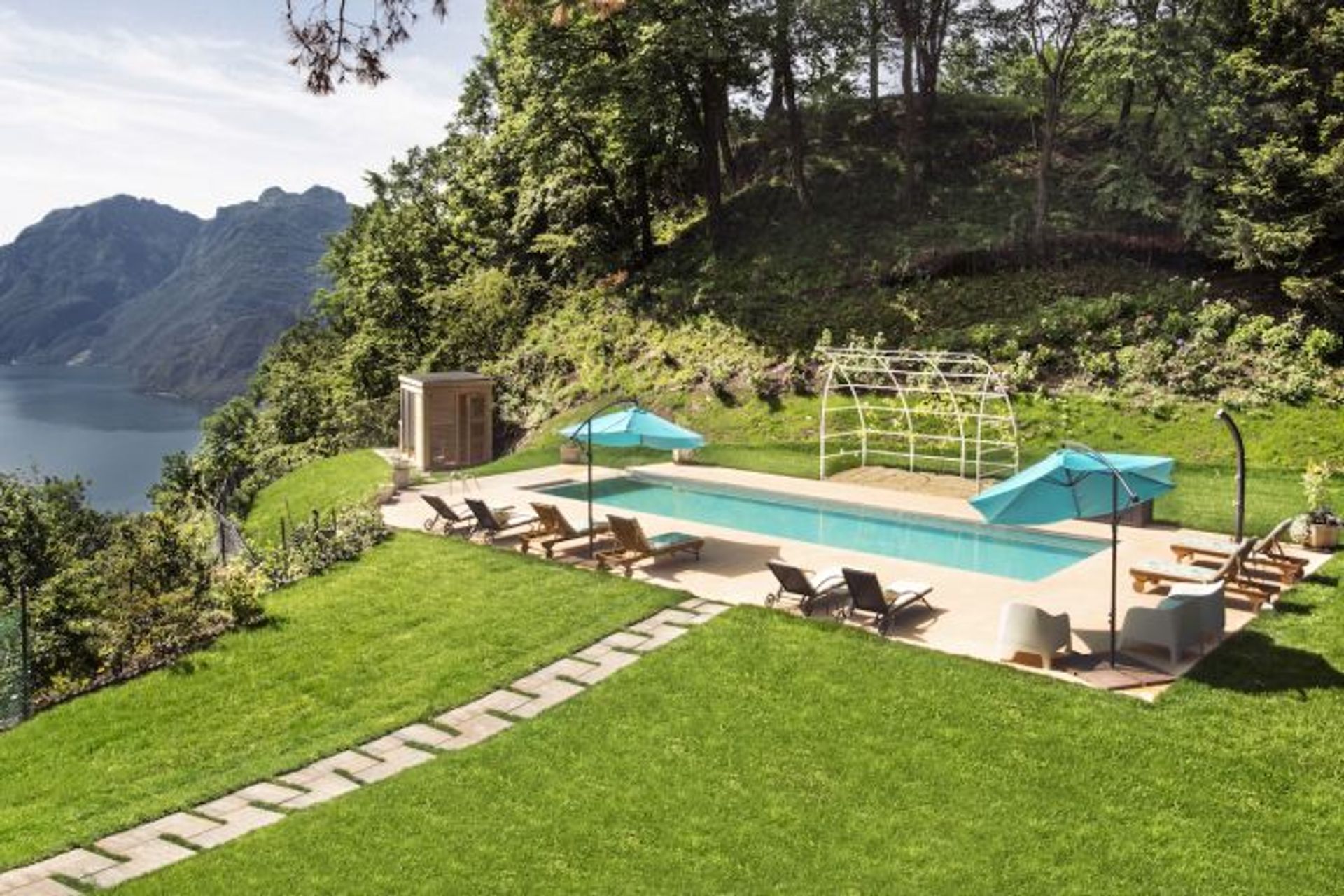
How were you able to be faithful to the original concept but modernize it as you envisioned?
One of the biggest changes was that we remade the kitchen, opening it up. It used to be a place for servants – the owners never went in there, because they were served. So we took down a wall, and added a terrace. Inside, we did the floors in pink marble and had Claudio design the island, which took five months to build and is filled with cherry wood and brass. The kitchen is really the pièce de résistance.
When we first toured the house, you couldn’t walk through the landscaping. There was an original bocce ball court, covered in blackberries, which you could hardly see. We restored that, and added the pool and sauna. We also worked with Emilio Travela, a landscape architect, on the grounds. We planted 150 hydrangeas, and there is also a vegetable garden.
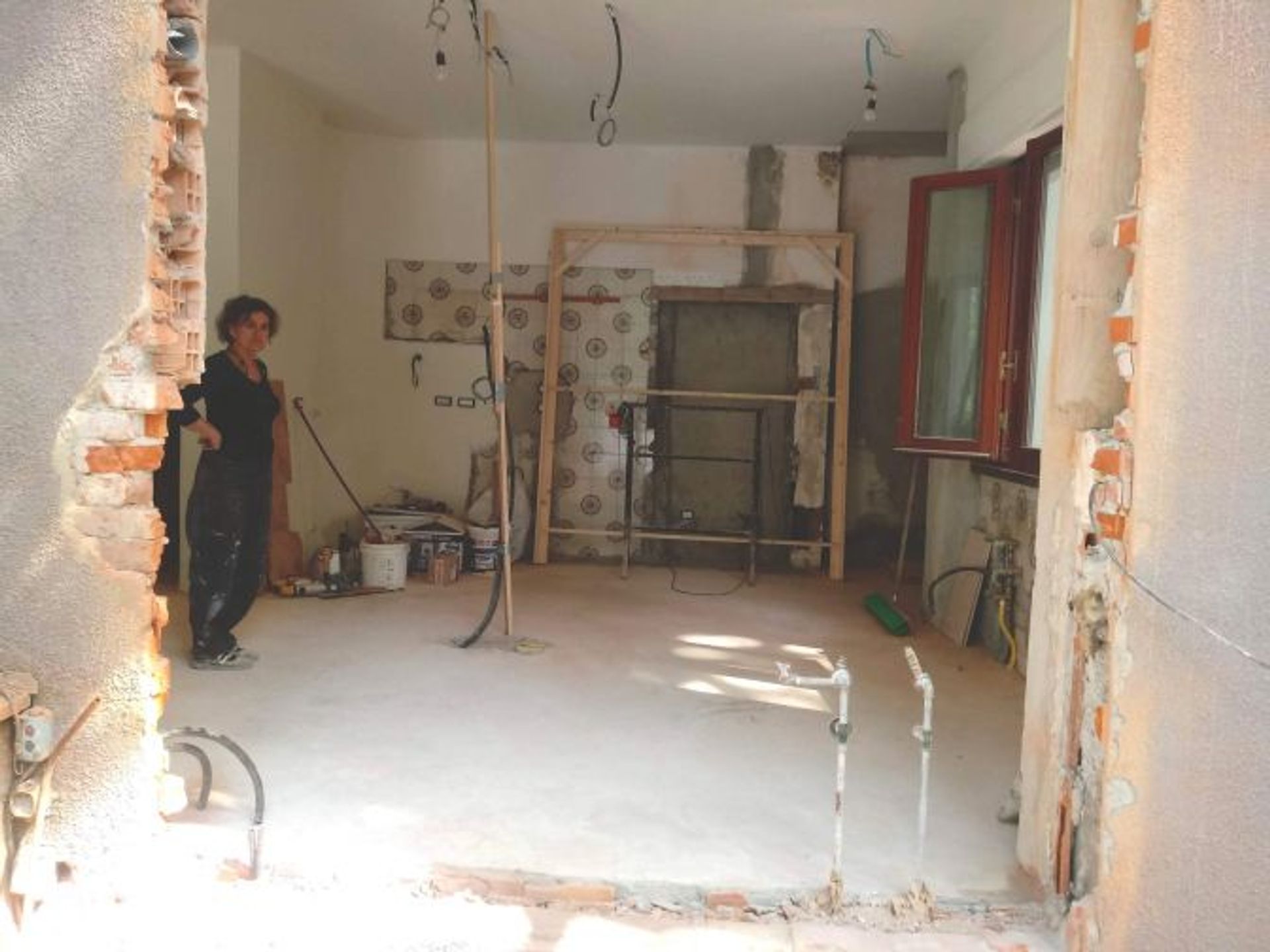
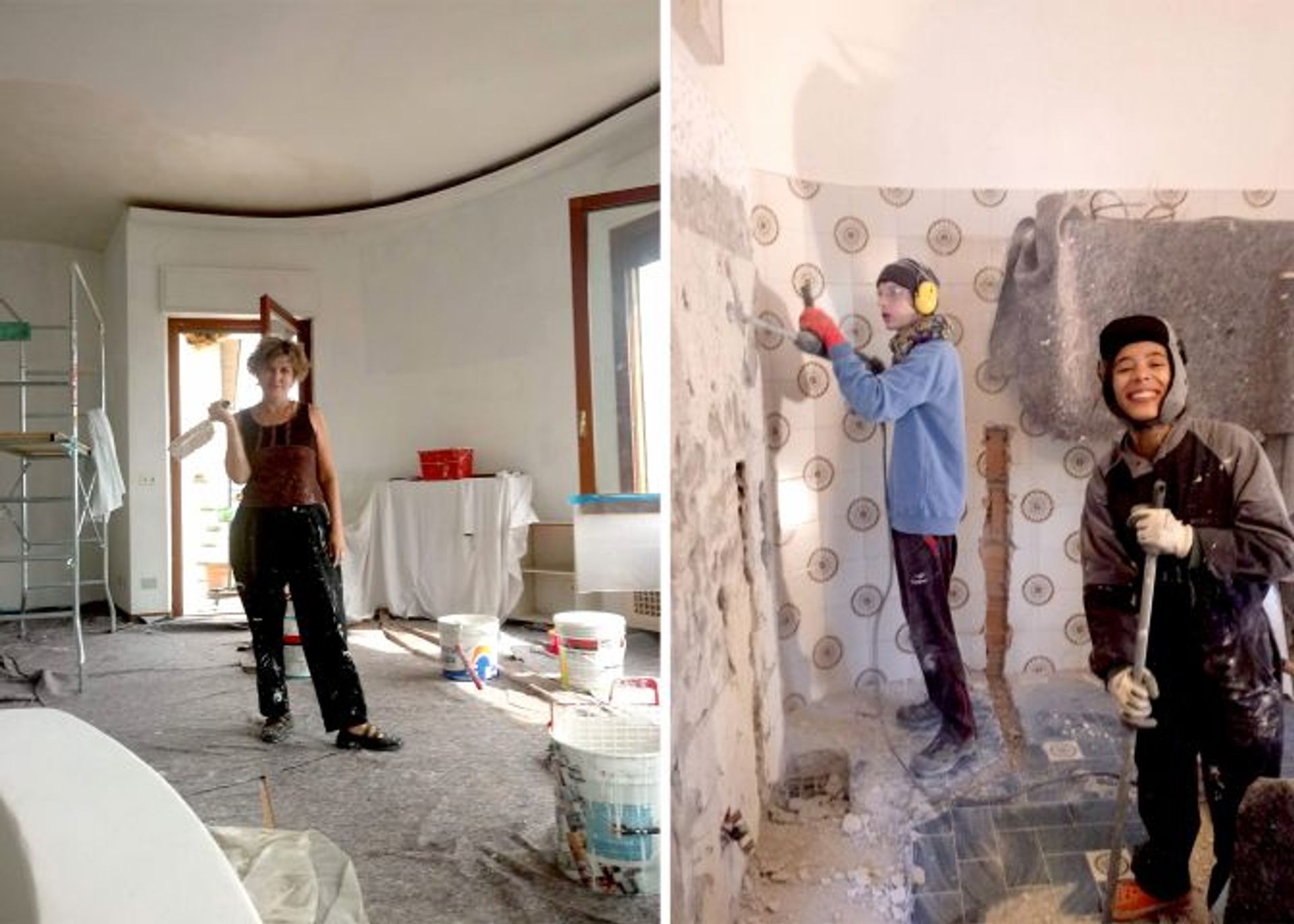
What can you tell us about the furniture pieces?
We found this amazing shop just east of Milan called Di Mano in Mano. They employed people who find it difficult to get work like ex-prisoners. They’ve got a huge warehouse with two sections, an antique section and the modern modernity section, which is the midcentury section. Almost everything in the house was bought there. The villa has a Formanova dining table, in perfect condition, which seats 16. We also bought a Arturo Alvarez Vento lamp – that’s above the table. The pink sofa and the orange one in the living room pit, those were original pieces that had been left here. So we had them recovered and remade.
We have the same beds as the Savoia Hotel in Rome, which is the most comfortable bed I’ve ever slept on in my life. And the headboards were designed by Claudio. The linens are from Di Mano in Mano – they are actually trousseaus, hand-embroidered by Italian grandmothers.
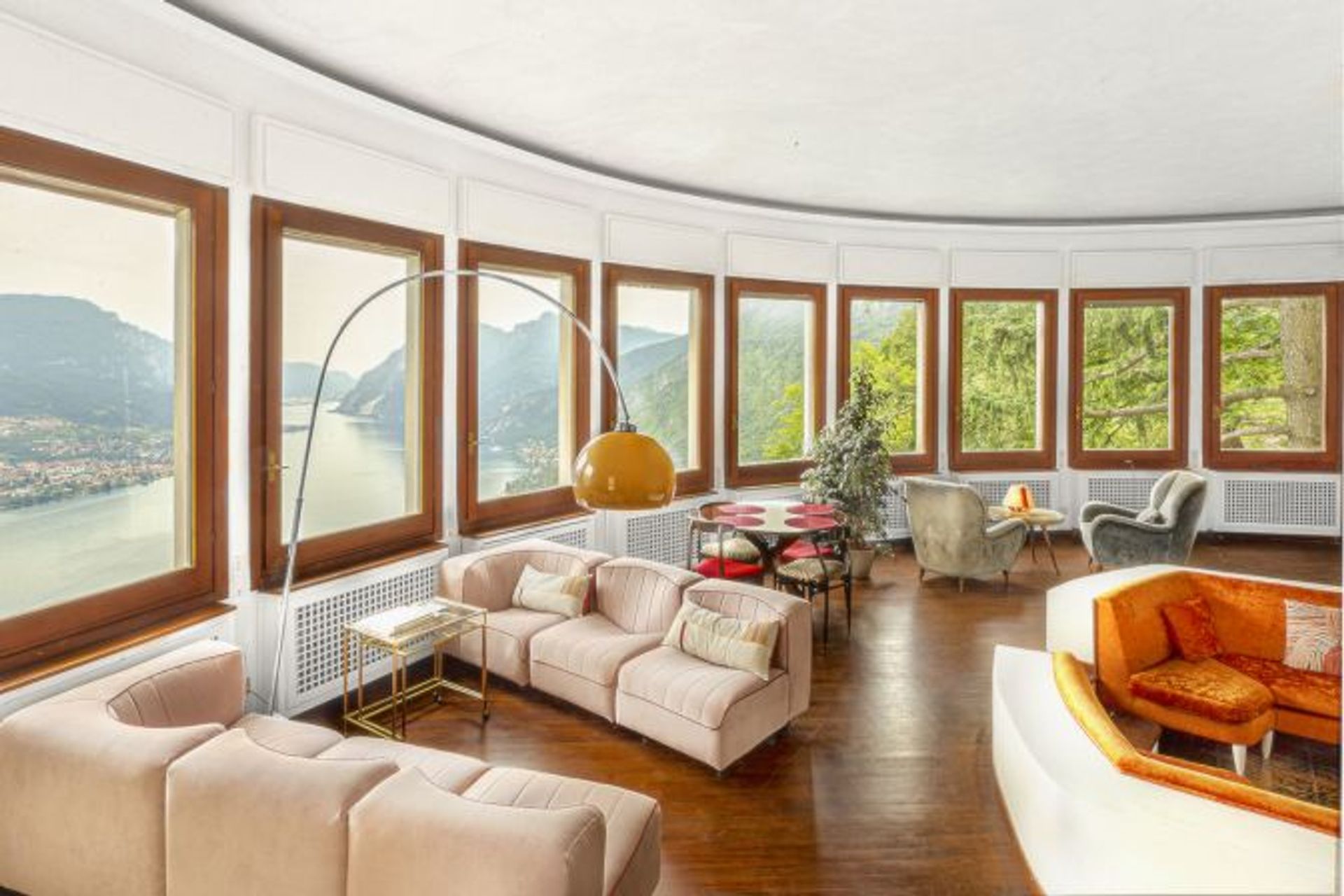
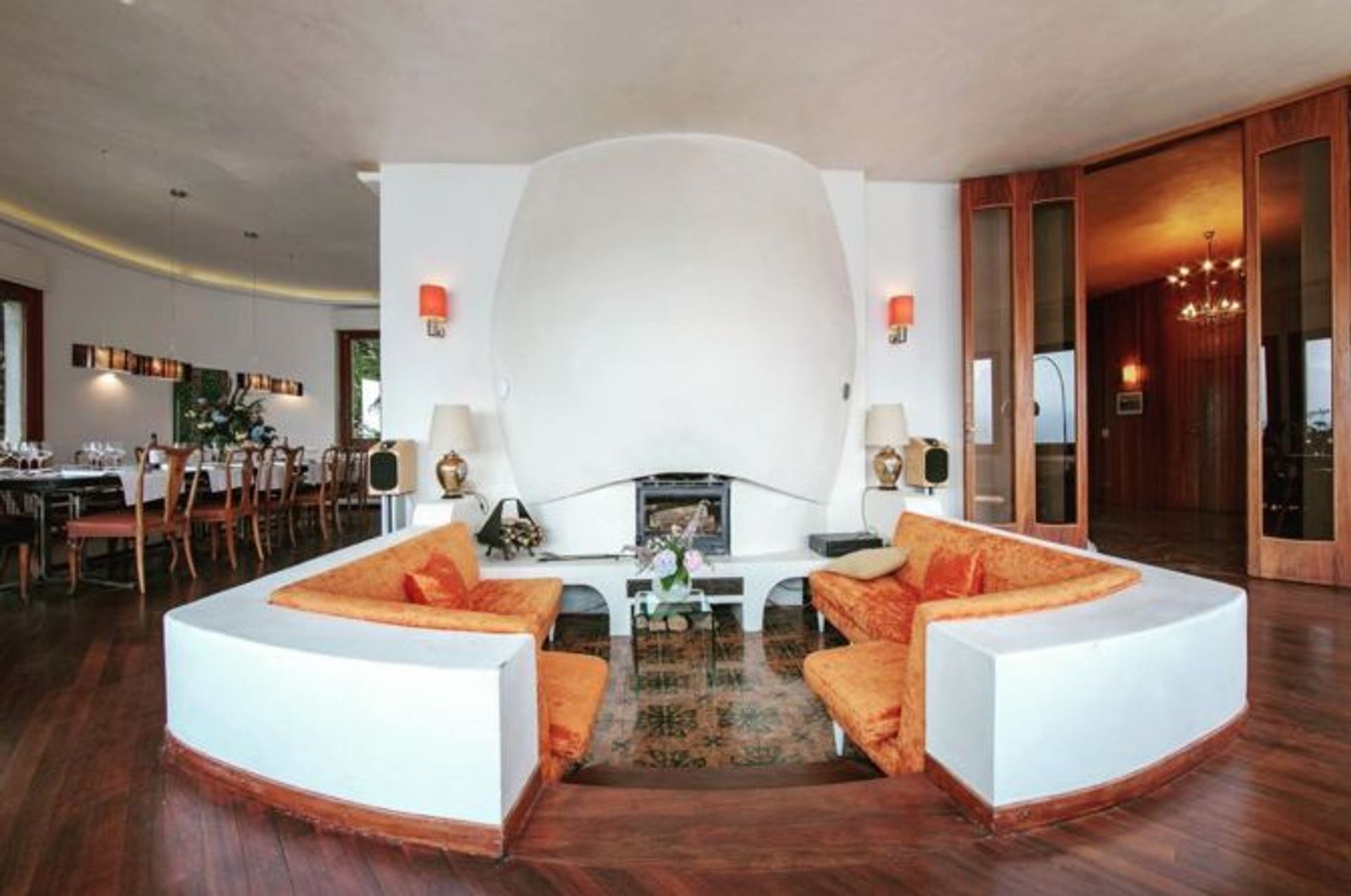

Was Renta happy with the Villa Ponti Bellavista restoration?
Yes, she visits us every summer. She was teary and sad when she was selling the house. But now, she is delighted about what we’ve done with her childhood home, because we’ve kept the spirit of the house as it was, but improved on it. She recently told us that when she was sixteen, she wondered, “Why is daddy putting the kitchen window over there when it should be on the other wall, so you can see the garden?” But she figured she was too young to say that to her father. Then we changed the kitchen to have not only windows, but four concertina glass doors that lead into the garden. What she thought back then, there now is. She’s over the moon.
To book a stay at Villa Ponti Bellavista, click here.

